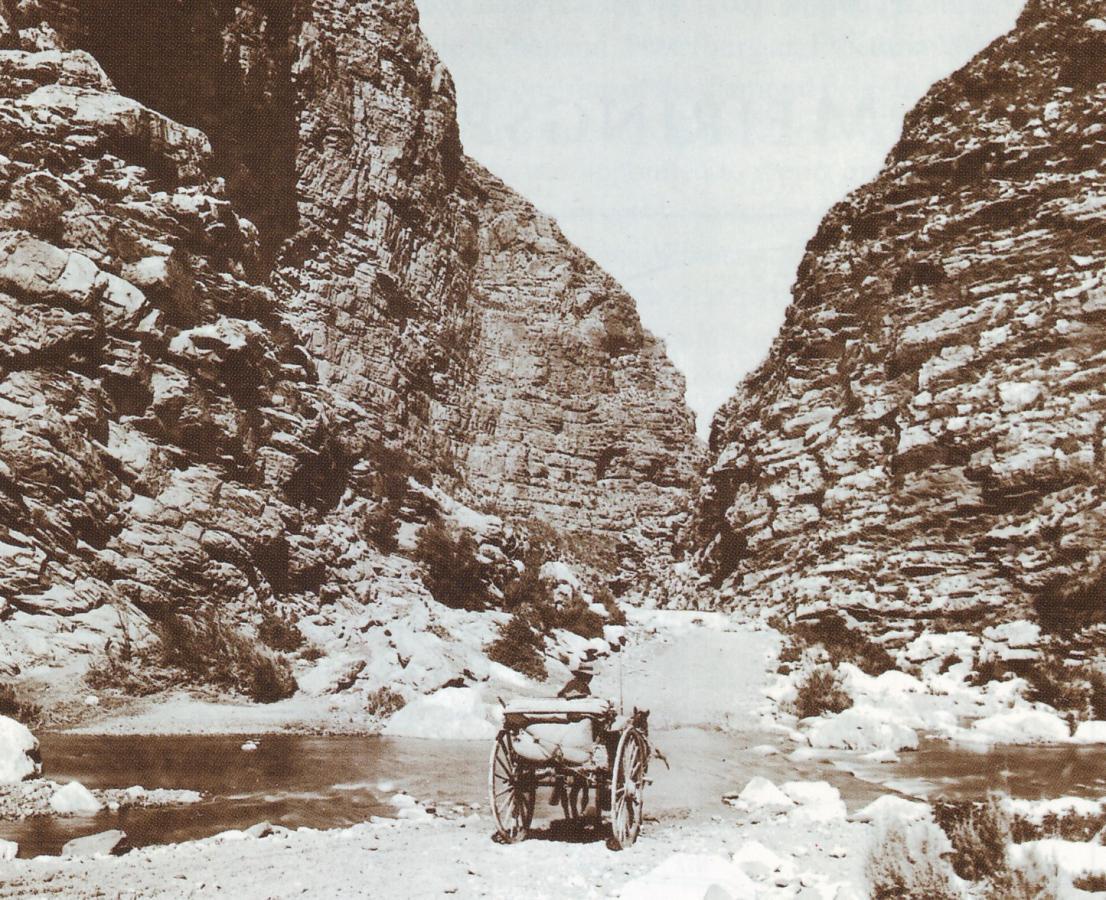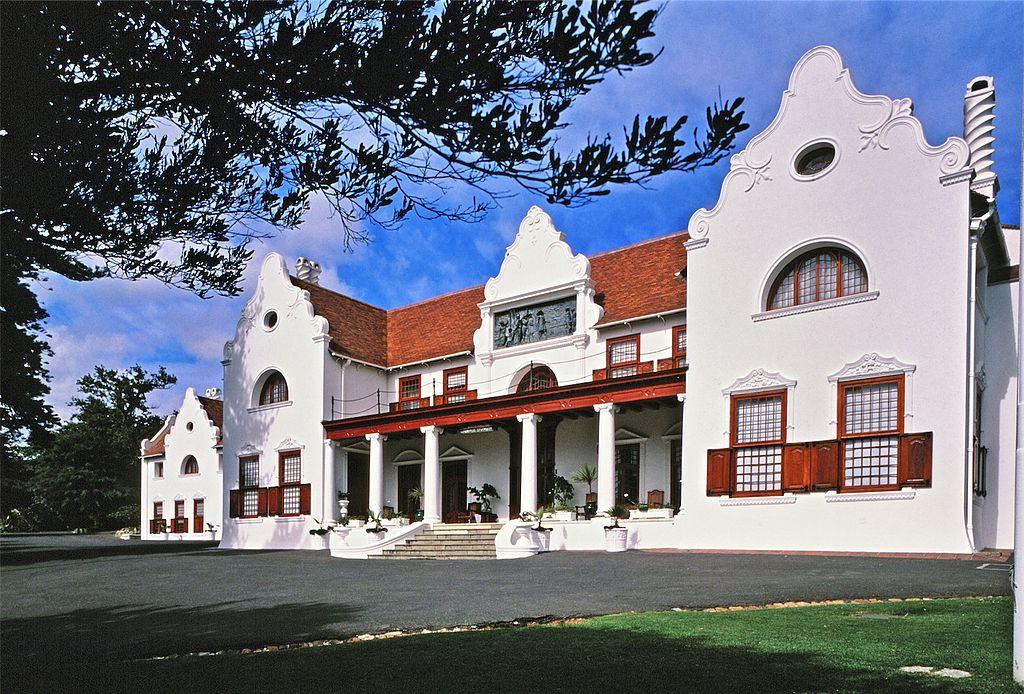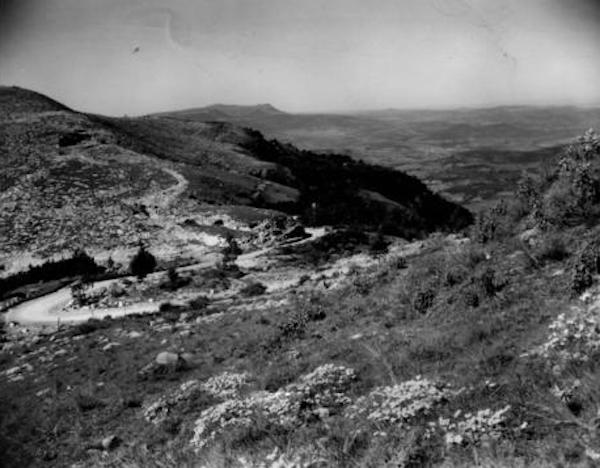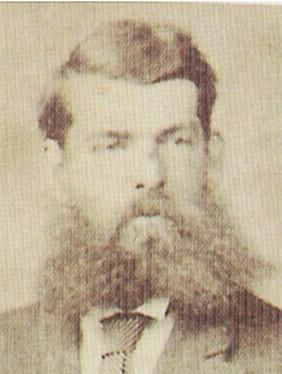
Disclaimer: Any views expressed by individuals and organisations are their own and do not in any way represent the views of The Heritage Portal. If you find any mistakes or historical inaccuracies, please contact the editor.
The De Smidt family has played a prominent role in public service in the Western Cape for several generations, and members of the clan have been involved in civil engineering up to present times.
The progenitor of the South African family, Abraham (1755-1809) came to the Cape as first officer on the Middelburg, and was responsible for blowing up the ship when the Dutch fleet was trapped by the British in Saldanha Bay in 1781. He then settled at the Cape.
His son, Willem Anne Janssens de Smidt (1804-1855) became Assistant Colonial Secretary and was Secretary to the Central Road Board from 1844 until its abolition, and as such played an important part in the first great road building programme under Michell and Pilkington. Quite possibly this influenced his family to join the technical field, for the eldest son, Abraham de Smidt (1829-1908) was Surveyor-General from 1873-1889 as well as being a noted artist. A daughter, Johanna Hermina married Thomas Bain while another son, Henry, became Head of the Treasury and father of the South African statistical service. The De Smidt family owned and lived in the manor house and in the adjoining Westbrooke on the Groote Schuur Estate, ownership of which passed to Cecil Rhodes who donated it to the nation.
Groote Schuur (Wikipedia)
Adam de Smidt was born in 1836 in Cape Town, and was educated at the South African College. He joined the Civil Service in 1856 and qualified as a civil engineer, passing the required examinations as laid down by the Colonial Government. He married Johanna Elizabeth Hartzenberg of Graaff-Reinet, a granddaughter of Andrew Geddes Bain, in 1870, and they had two sons, Geoffrey and Ascheton.
With such family connections it was almost inevitable that Adam became a road builder in the service of the colony, and eventually he was appointed Senior District Engineer in the Southern Cape.
Here, besides other less well-known projects, he was in charge of such monumental works as Meirings Poort (1858) (See main image), Sewe Weeks Poort and Bosluiskloof (1862), and, when Andrew Bain's health began to fail, he completed the Katberg Pass (1866).
Katberg Pass (DRISA)
Between 1867 and 1879 Adam was the supervising engineer on the formidable 75 kilometre George to Knysna route known as “The Passes Road” because of the eight passes which had to be built through the deep ravines which cross the coastal plain. The project engineer was Thomas Bain, and the brothers-in-law spent over three years trying to find a suitable route through the beautiful but often impenetrable landscape. Besides the technical difficulties there were tortuous negotiations with land owners, and the road had to be built in detached sections. Adam felt that it would be easier to locate the route closer to the mountains, where the river crossings would be less arduous, but Bain insisted on the eventual alignment which included the frightening and challenging Homtini gorge. During the construction period there was a short-lived gold rush to the fields at Millwood and the road was deviated to serve the expected development - which with hindsight may have added weight to Adam's proposal. Sadly however the differences of opinion led to bitter and wounding arguments which eventually caused the pair to part company, and they never spoke to each other again. The spectacular route however is still a welcome alternative to the National Road, and a great credit to both engineers.
Adam De Smidt
In 1879 Adam's eyesight began to fail and he retired from engineering. He bought the farm Pampoenkraal, where he had sited the main construction camp when building the Passes Road, and re-named it Woodifield, possibly after another colleague, the enigmatic Matthew Woodifield. Over time he added adjacent portions to his property, and lived there until he died after a very short illness in 1910. In the period following his retirement he accepted appointments on several public commissions, and was elected to the Legislative Assembly and later the Legislative Council. Locally, he was a Member of the Divisional Council. A part of the farm was later acquired by the Government to become Saasveld, the training college for the State Forestry Department.
Adam de Smidt “was a fine type of the gentleman of the old school. Upright and blameless in his daily walk. Courteous at all times to all, rich and poor. Quiet but cheerful, and ready to assist where possible. And yet underneath this gentle and kindly exterior there lay an unflinching and fearless determination which enabled him always to be scrupulously conscientious and faithful in the performance of duty….. What he did for his constituency he did quietly and unostentatiously, but effectively.”
He died on 14th November 1910 on his farm, greatly esteemed for his contributions to the progress and development of the Cape Colony. He is buried in the Anglican churchyard in George.
Graham Ross liked to call himself a "padmaker". Although in the early stages of his career he roughed it with the hardy band of men who built roads in the dry and dusty rural areas of the Cape Province, in later years, after becoming one of the first qualified geometric engineers in the country, he operated out of a Cape Town office complete with drawing board and calculating machine. On retirement he began compiling a database of the history of Cape Provincial roads and, particularly, of mountain passes, which would earn him a doctorate from Stellenbosch University. This entailed a great deal of travelling, photographing, interviewing and research. At about the same time the Transportation Division of SAICE asked him to organise a series of articles about the passes for inclusion in the SAICE Magazine. For the SAICE centenary in 2003 Graham was persuaded to expand his articles into a book for general readers, which he produced at short notice with his customary care and flair, and "The Romance of the Cape Mountain Passes" appeared in bookshops soon afterwards.
Tony Murray is a retired civil engineer who has developed an interest in local engineering history. He spent most of his career with the Divisional Council of the Cape and its successors, and ended in charge of the Engineering Department of the Cape Metropolitan Council. He has written extensively on various aspects of his profession, and became the first chairman of the History and Heritage Panel of the South African Institution of Civil Engineering. Among other achievements he was responsible for persuading the American Society of Civil Engineers to award International Engineering Heritage Landmark status to the Woodhead dam on Table Mountain and the Lighthouse at Cape Agulhas. After serving for 10 years on SAICE Executive Board, in 2010 he received the rare honour of being made an Honorary Fellow of the Institution. Tony has written manuals, prepared lectures and developed extensive PowerPoint presentations on ways in which the relationship between municipal councillors and engineers can be more effective, and he has presented the course around the country. He has been a popular lecturer at UCT Summer School and has presented five series of talks about engineers and their achievements. He was President of the Owl Club in 2011. His book "Ninham Shand – the Man, the Practice", the story of the well-known consulting engineer and the company he founded, was published in 2010. In 2015 “Megastructures and Masterminds”, stories of some South African civil engineers and their achievements was written for the general public and appeared on the shelves of good bookstores. “Past Masters” a collection of his articles about 19th century South African Engineers is also available from the SAICE Bookshop.
Comments will load below. If for any reason none appear click here for some troubleshooting tips. If you would like to post a comment and need instructions click here.



